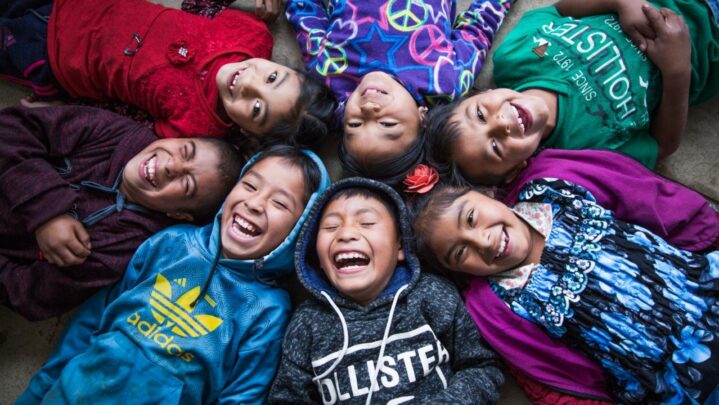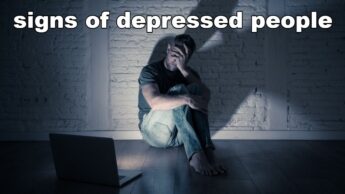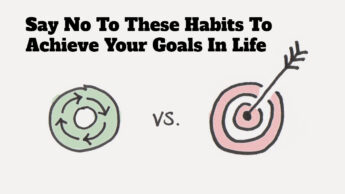Gender equality is one of the UN Program of Action on a Culture of Peace’s eight domains, as well as a vital component of each of the others. It is both a significant goal in terms of women’s rights and a significant contribution to the development of peace. More than a state’s income, level of democracy, or religious identity, gender equality is the most important predictor of peace. Gender equality is also a responsibility: as human beings, states must remove barriers to women’s human rights, maximize investment in equal human rights for women, and ensure that gender equality advances rather than regresses.
Building communal power rather than dominant power is the key to achieving gender equality and justice in the world. It entails establishing a world in which people and the planet can thrive regardless of age, race, gender, class, ethnicity, ability, sexual orientation, or gender identity. It entails ending exploitation and violence on all levels, from the personal to the political to the world. As a result, it’s no surprise that abuse of women, as well as social, political, and economic disparities between men and women, raise the likelihood of state instability, internal conflict, and international conflict.
In the medical research community, sexism contributes to substandard care. Women’s diseases (such as chronic pain disorders) are less well-studied than men’s diseases. Medical practitioners don’t always take them seriously. Women’s health will improve when they are treated equally in society.
In conflicts, countries that encourage gender equality are more likely to employ diplomacy rather than force and are less likely to become involved in violent crises. Furthermore, war is more culturally acceptable when women are not treated equally.
Also Read: Peace Between India & Pakistan: Reflections





